Cho Lon Ward was formed on the basis of merging 4 wards: 11, 12, 13, 14 of District 5. The office of the new administrative unit is at 279 Hai Thuong Lan Ong (currently Ward 13).
According to the Ho Chi Minh City People's Committee, merging wards and communes creates favorable conditions for planning, investing in socio -economic development, upgrading technical infrastructure, attracting investment capital and creating more jobs for people.
The rearrangement of administrative units also helps improve the effectiveness of state management, creating a favorable environment for production and business activities of both people and enterprises. In addition, local authorities at the commune level will be closer to the people, contributing to strengthening consensus and sustainable development of the region.
Cho Lon Ward merged from 4 wards: 11, 12, 13, 14 of District 5
GRAPHICS: UYEN NHI
Cho Lon Ward, a new urban area with the shape of memories
To learn more about Cho Lon ward , we walked through the streets on a morning in late May. Here, rows of houses are connected to each other, ancient residences with walls stained by time, dotted with ceramic tiles in the shape of a unicorn.
Cho Lon Ward - where restaurants, pharmacies, fabric stalls, and street vendors... are present in a unique setting with bilingual Vietnamese-Chinese signs. Bowls of Chinese noodles, cold glasses of ginseng juice in small alleys, chive cakes or steaming dumplings along the roadside... are everyday flavors with talented chefs creating the unmistakable identity of this land.
Discover the new Cho Lon ward with "many most" starting from the ancient street of Hai Thuong Lan Ong, with rows of old houses with French architectural style still existing.
From Chau Van Liem to Hoc Lac streets, hundreds of businesses sell decorative items such as parallel sentences, mascots, flowers, lanterns, etc. The traditional medicine street (from Vo Van Kiet to Chau Van Liem streets) seems to want to "show off" its unique flavor.
Ba Lu coffee warehouse, only available at Phung Hung market
PHOTO: UYEN NHI
Not far away is Phung Hung Market (Ward 14) through the centuries, famous for Ba Lu Coffee Shop with the art of "coffee warehouse" with strong flavor, rich substance. Along Tran Hung Dao Street is Soai Kinh Lam Fabric Street (Ward 14), where many generations of Chinese people have lived by selling fabric since the time of selling baskets and trays.
Leaving Phung Hung market, we went to an ancient alley with unique architecture that has existed for more than a century on Tran Hung Dao B street (ward 11), also known as Hao Si Phuong alley.
Unique Hao Sy Phuong Alley with 2 rows of apartments, the iron bars along the railing are painted in cool cobalt blue creating a peaceful scene.
PHOTO: UYEN NHI
Sitting pensively under the moss-covered porch, Mr. Chau Cuong (78 years old, Chinese) said that in the past, this alley was almost entirely inhabited by Chinese people. Later, many Vietnamese families came to buy houses and then lived together in harmony in houses close together.
When we asked about the name of the new ward after the merger , Mr. Cuong could not hide his excitement: "I support naming it Cho Lon ward. This name is both good and has historical significance. When mentioning Cho Lon, people immediately think of the Chinese, a community that has been attached to this land for hundreds of years, from life to culture and beliefs."
Mr. Chau Cuong said the name of Cho Lon ward is good and meaningful.
PHOTO: UYEN NHI
Chinatown in Cho Lon
The Chinese immigrated to Vietnam from the 3rd century BC. Around 1780, many Chinese migrated to the South, including Saigon - Gia Dinh.
Author Trinh Hoai Duc in Gia Dinh Thanh Thong Chi described a bustling urban area called Nong Nai Dai Pho built by Chinese merchants in the Dong Nai river island area. Later, the Chinese expanded their living area, mainly concentrated along Tau Hu canal and Cho Lon area.
Previously, Cho Lon was called De Ngan. Because this market is larger than Tan Kieng market (Cho Quan, District 5), people call it Cho Lon.
According to Saigon - Cho Lon, urban memories and people by Nguyen Duc Hiep, Cho Lon became more developed and became the commercial center of Gia Dinh and the South. Merchant ships from everywhere came to trade, carrying products such as rice to regions and countries such as China and Malaysia.
Thien Hau Temple - Tue Thanh Assembly Hall, considered the soul of Cantonese people in Cho Lon
PHOTO: UYEN NHI
For a long time, the majority of Chinese people in Saigon - Cho Lon came from the two provinces of Guangdong and Fujian (China) and spoke many different languages. Over time, for convenience in communication, they were grouped into 5 main languages: Cantonese, Teochew, Fujian, Hakka and Hainanese.
Each language group will have its own religious establishments. There they worship Chinese deities such as: Thien Hau, Thuy Vy, Quan Cong, Bon, Quang Trach Ton Vuong... These are religious activities, and at the same time, they are places for organizing cultural and social activities of the Chinese, where the guilds meet with fellow countrymen.
People come to the temple to burn incense and candles according to Chinese beliefs.
PHOTO: UYEN NHI
We wandered along Nguyen Trai Street to visit the Thien Hau Temple of Tue Thanh Assembly Hall (Ward 11), which is considered the soul of the Cantonese people in Cho Lon, and is one of the assembly halls with the most elaborate carvings.
The architecture of the building is very beautiful with moss-covered roof tiles made of elaborate ceramics and meticulously carved statues on the roof. In the temple, the Holy Mother sits silently amidst the billowing incense smoke. Next to it is the Tam Son Assembly Hall of the Fujian people...

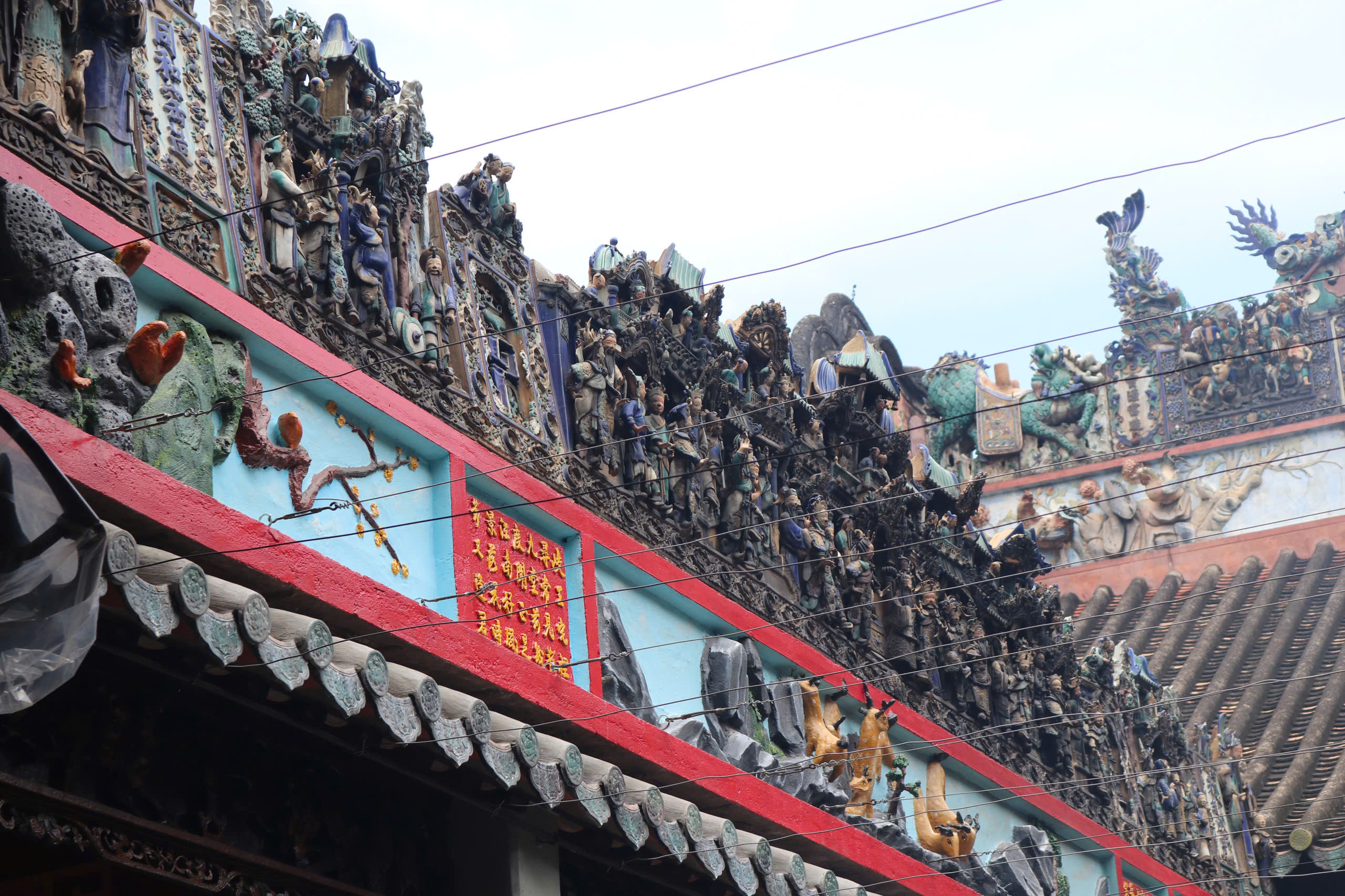
The Assembly Hall is a cultural venue for the Chinese community.
PHOTO: UYEN NHI
The center of the Chinese community is mainly concentrated in District 5, most of the association halls representing each language group are located in the new Cho Lon ward area.
Before 1975, each guild had its own 1 or 2 hospitals to take care of community health.
Assembly halls are not only places of worship and meetings of fellow countrymen, but also important cultural and educational centers, contributing to preserving and spreading the unique artistic values of the Chinese people through many generations.
The ritual of "opening the eyes" with lion and dragon dances on every festival occasion, showing the unique culture of the Chinese people.
PHOTO: NGOC DUONG
The cultural activities of the Chinese blend with those of the Vietnamese because of many similarities. Besides, they still preserve and pass on cultural features such as: Tuong singing, lion and dragon dance, San Ca singing, calligraphy, ink painting, etc. All of these enter Vietnamese life naturally, enriching the already diverse life in Ho Chi Minh City.
According to the Ho Chi Minh City People's Committee, the merger of four old wards into Cho Lon ward stems from the adjacent geographical location and many similarities in natural conditions, historical traditions, culture, customs, beliefs and residential communities. This is also a strategic step to expand development space and elevate the urban area in the future.
Thanhnien.vn
Source: https://thanhnien.vn/ten-phuong-xa-moi-sap-nhap-o-tphcm-phuong-cho-lon-in-dam-van-hoa-nguoi-hoa-185250526175021974.htm



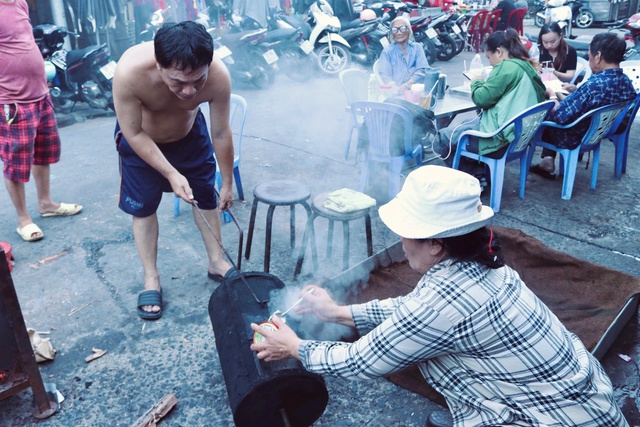
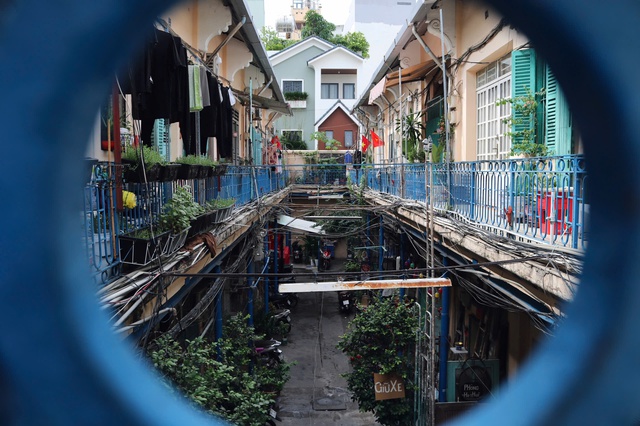
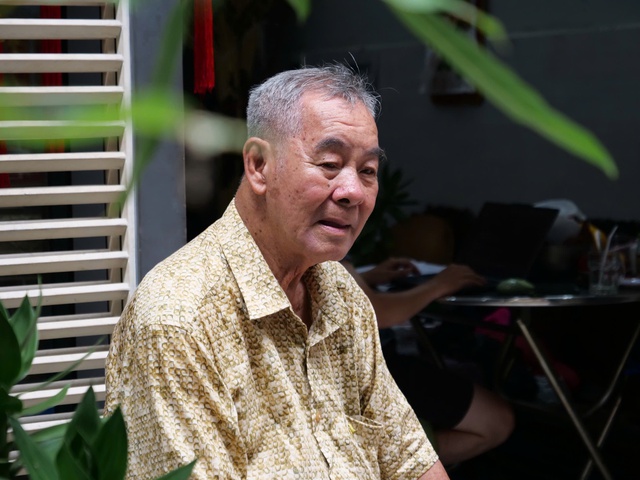
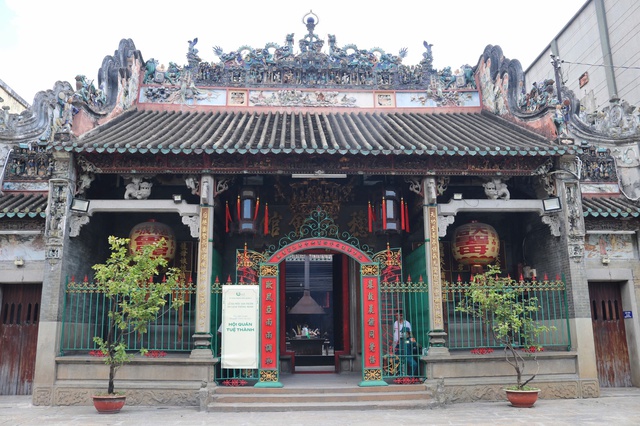


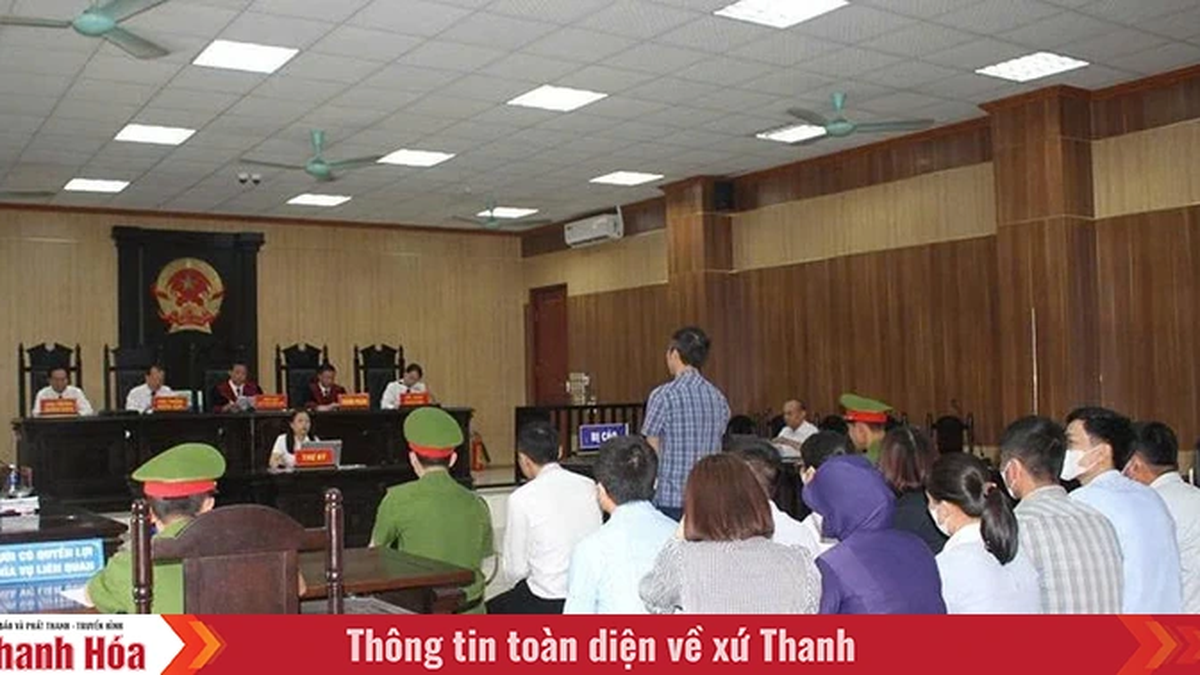

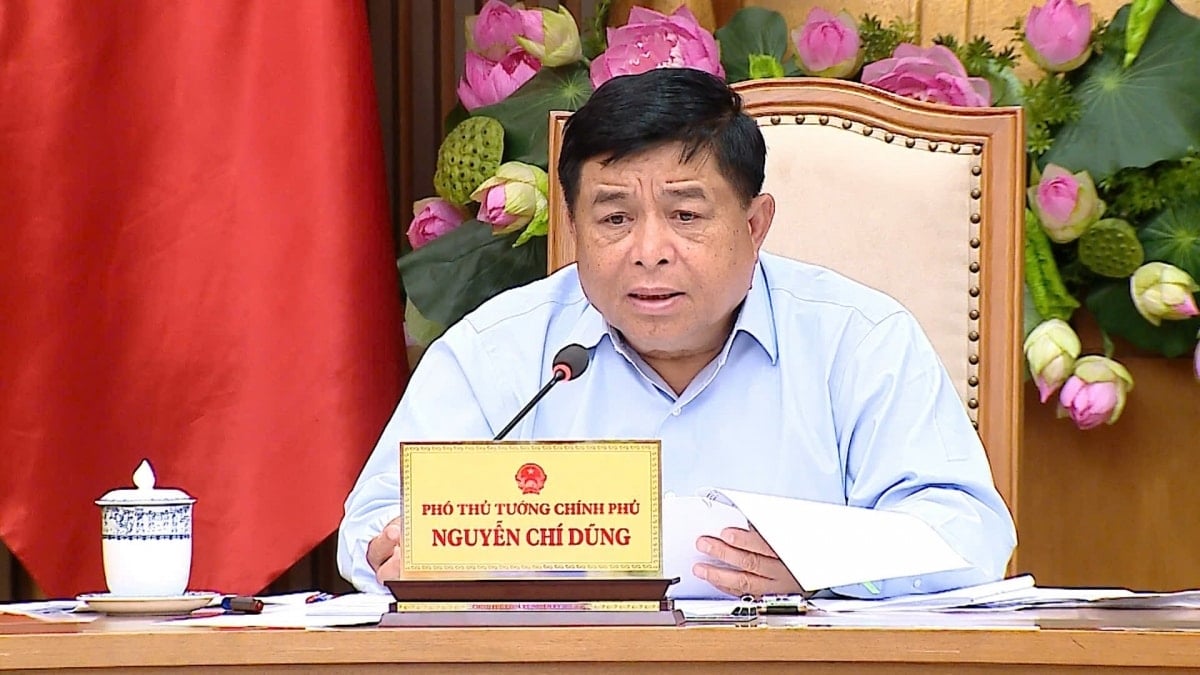
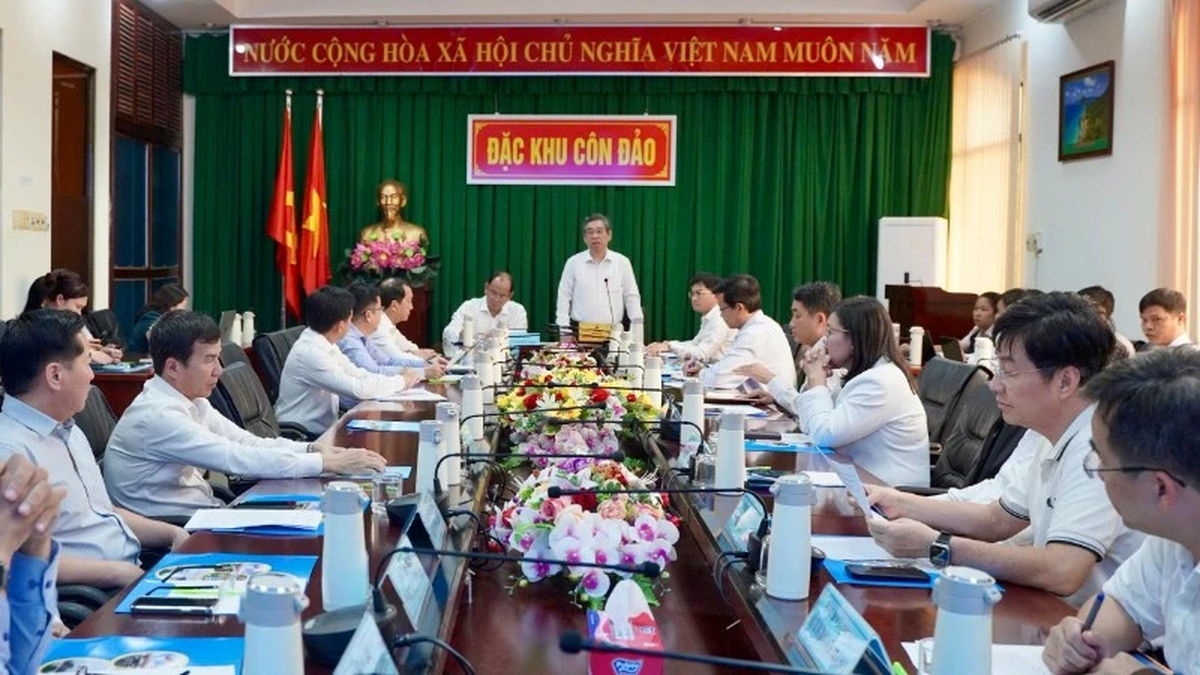
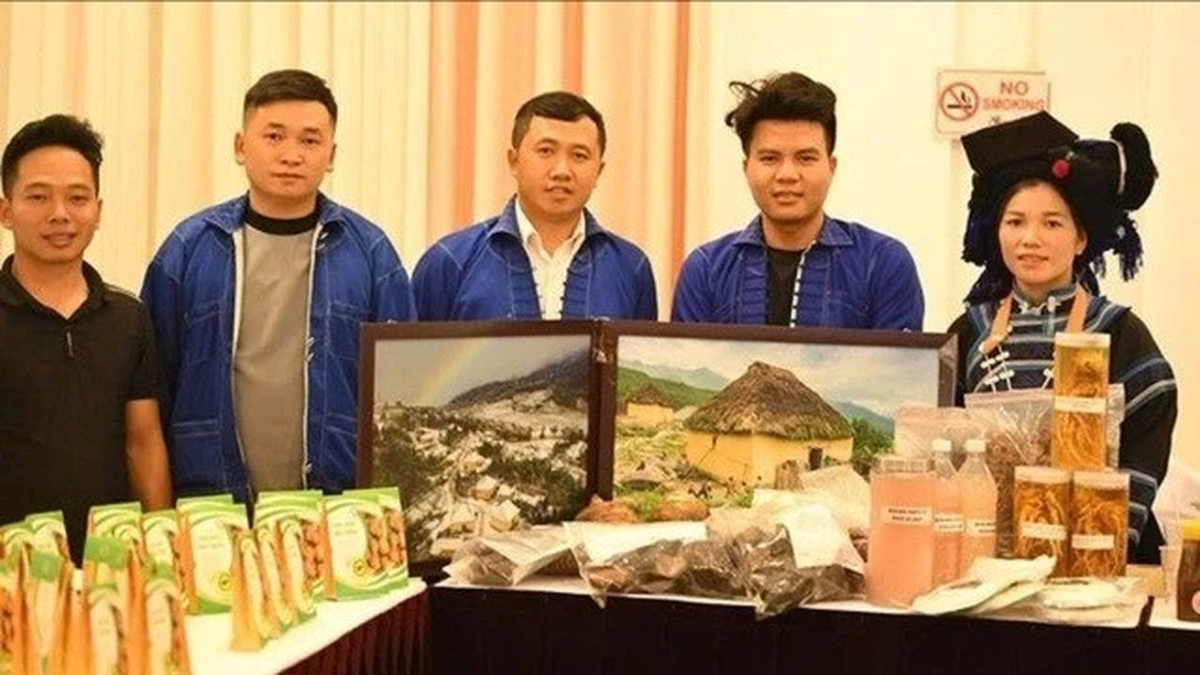

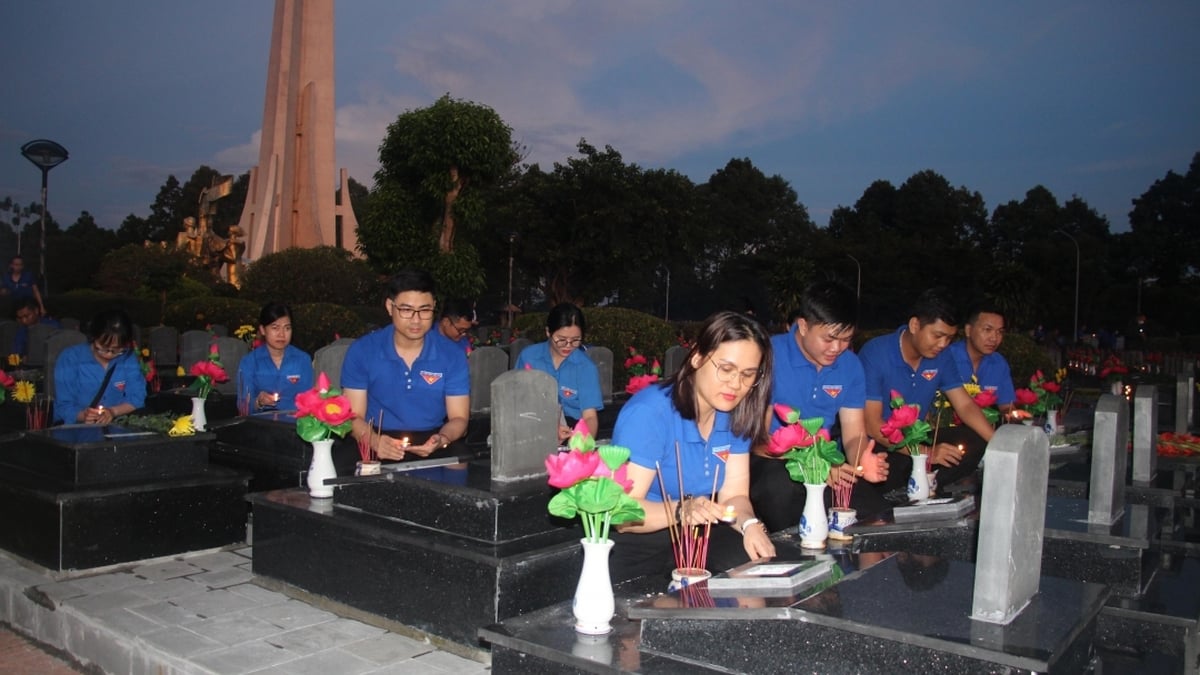











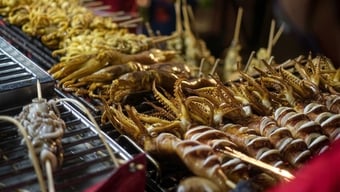


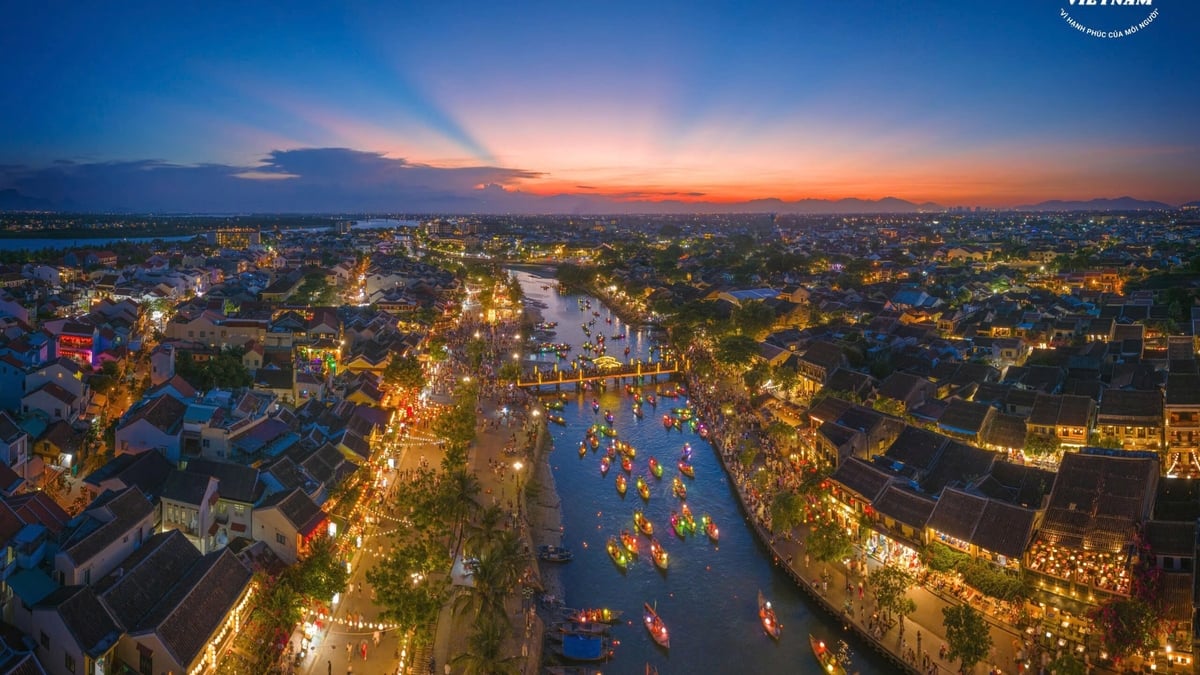

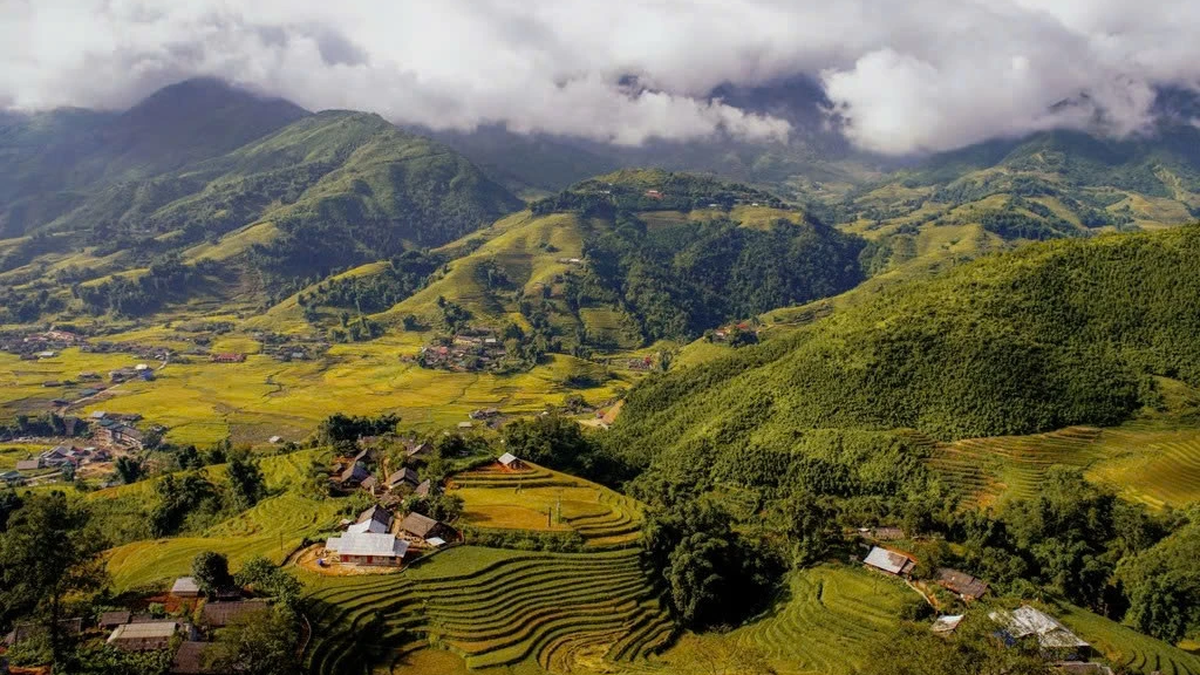
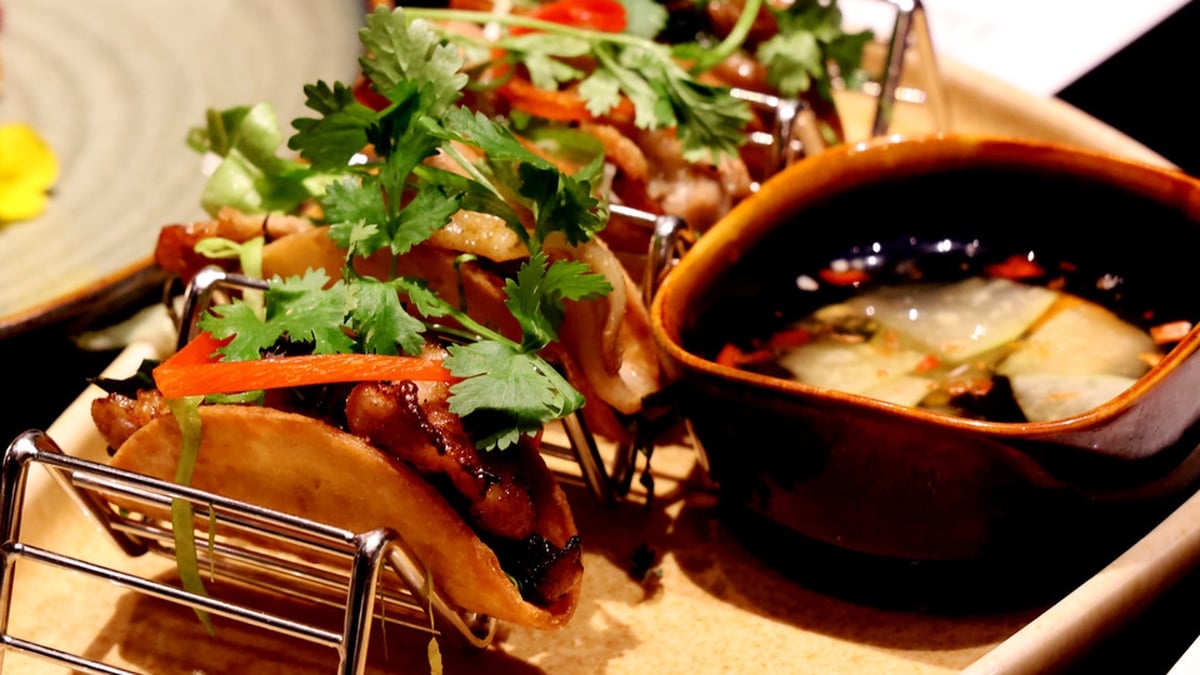






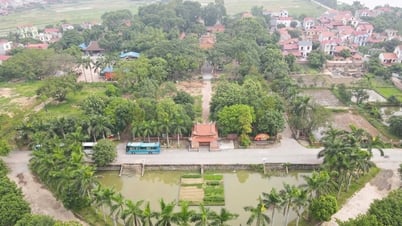

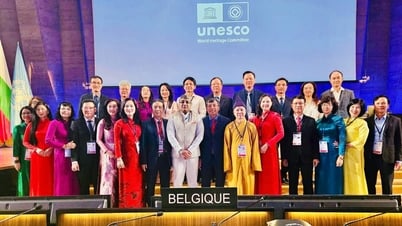

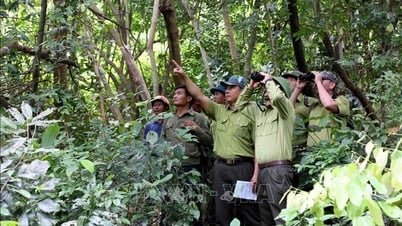

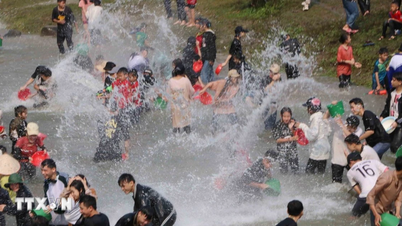



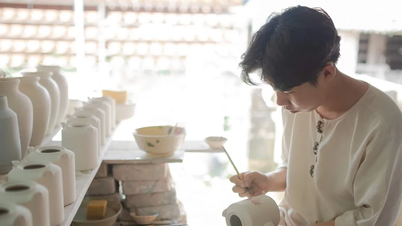
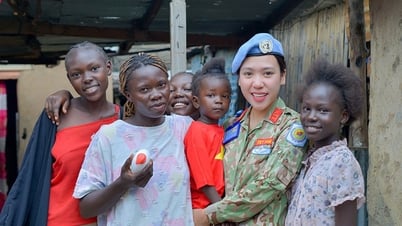



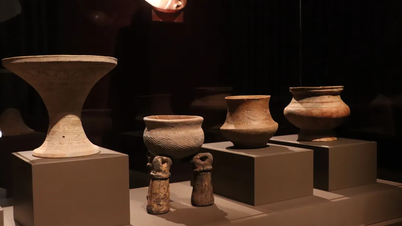


![[Maritime News] More than 80% of global container shipping capacity is in the hands of MSC and major shipping alliances](https://vphoto.vietnam.vn/thumb/402x226/vietnam/resource/IMAGE/2025/7/16/6b4d586c984b4cbf8c5680352b9eaeb0)


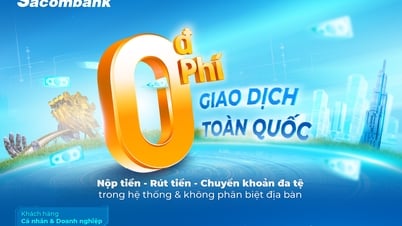



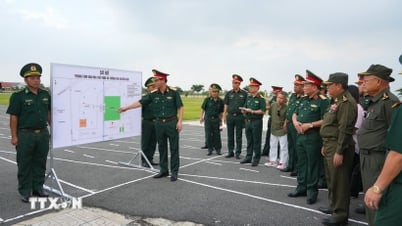

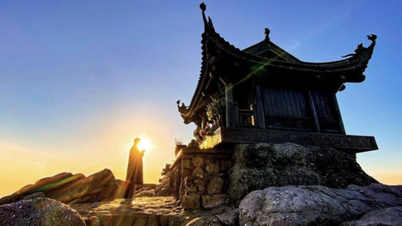
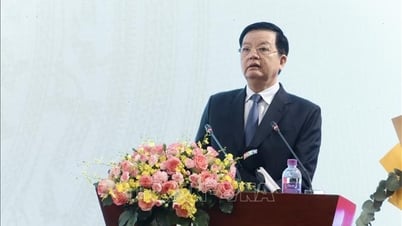
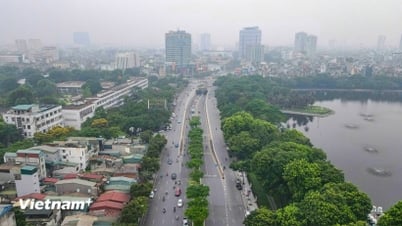
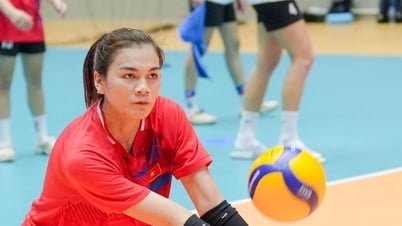

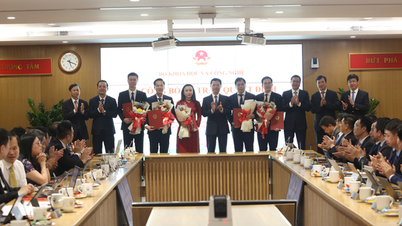

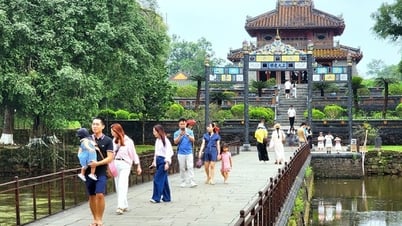

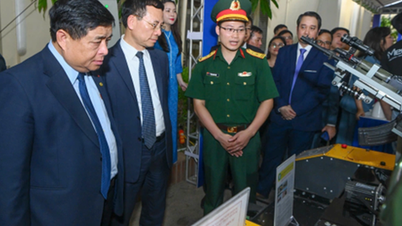


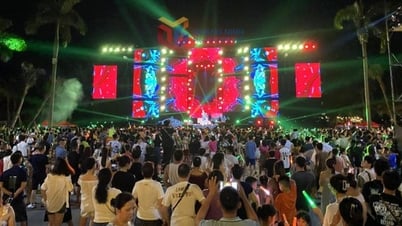









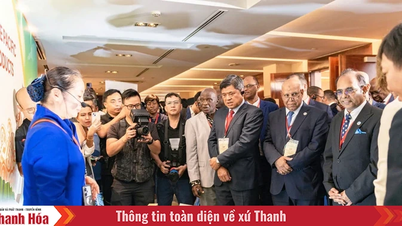

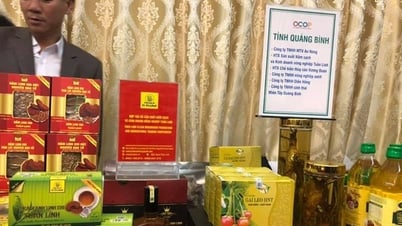



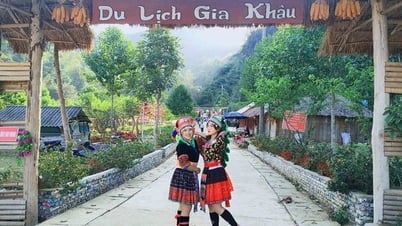

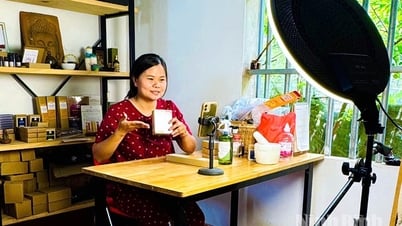


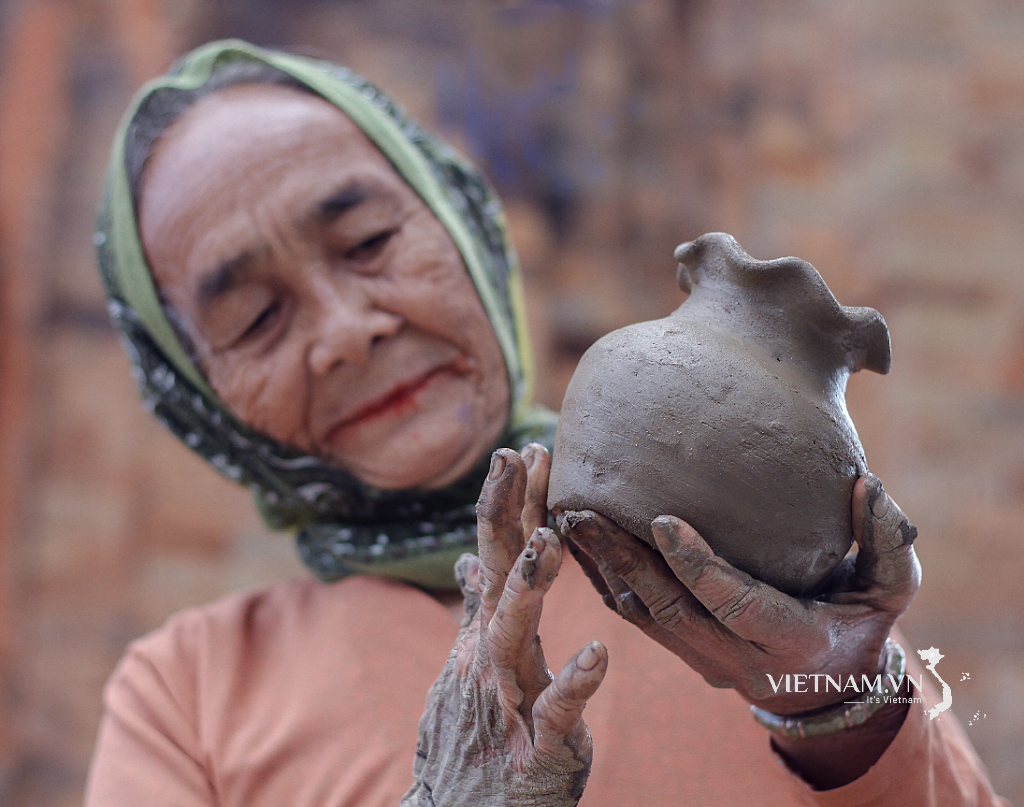
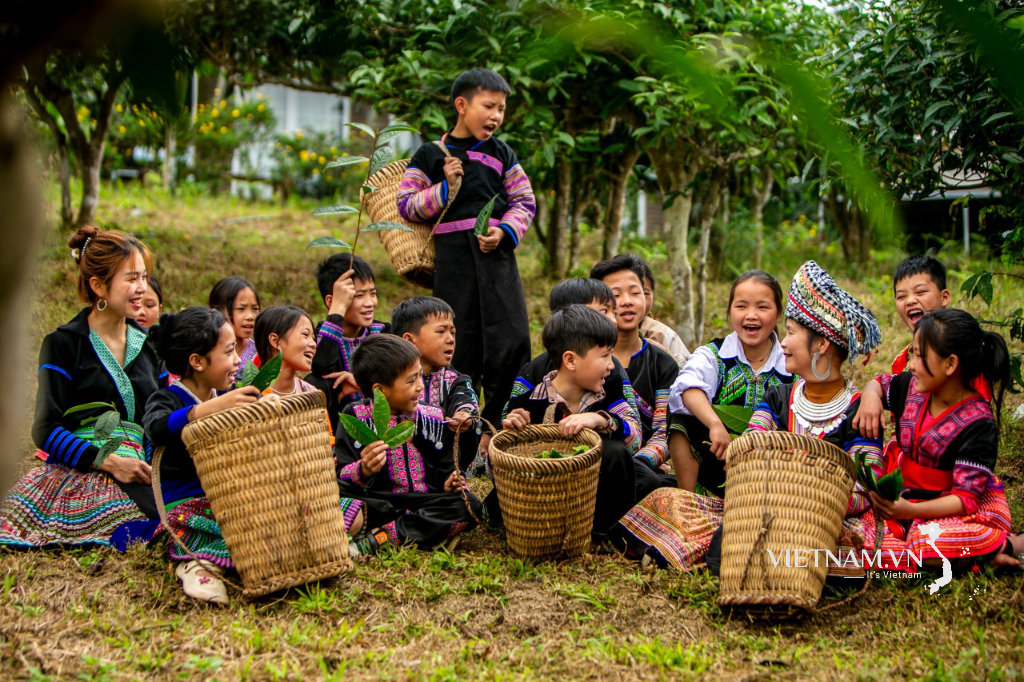

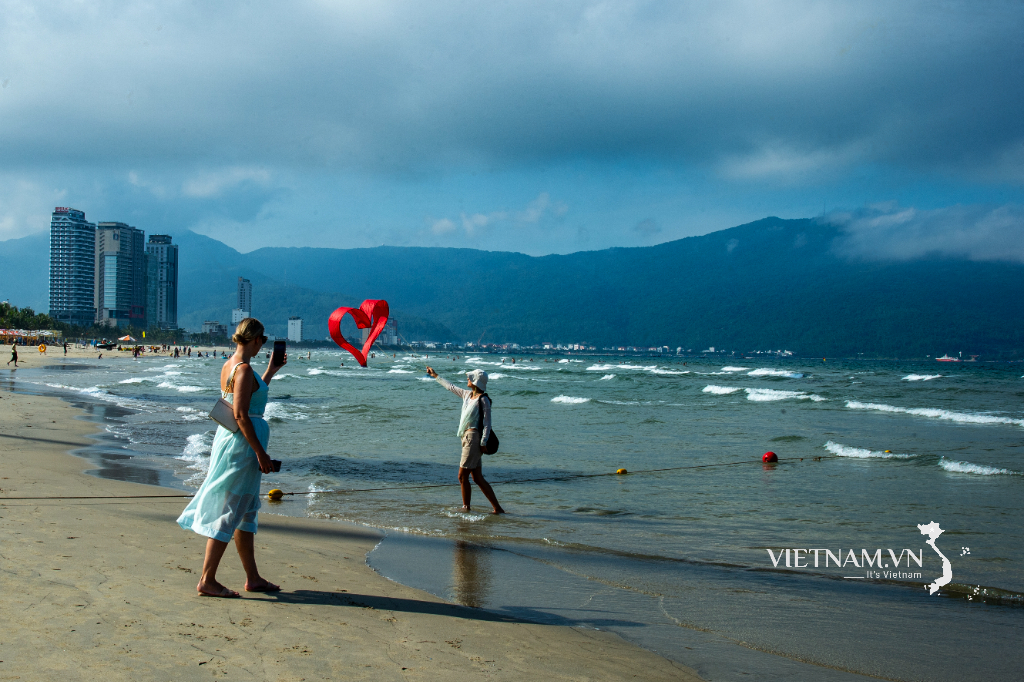
Comment (0)